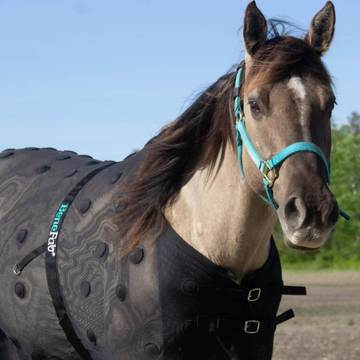Blog
First Cutting Hay vs. Second Cutting Hay
First Cutting Hay vs. Second By Emily Konkel:
As we get closer to spring time many horse owners find themselves having to make decisions between first and second cuttings. First cutting hay is known as the first growth off of a hay field for the year that is cut. Second cutting is known as the re-growth from the same field of hay that is cut. There is quite a bit of controversy between these as to which cutting is “better” for your horse. The truth is, both first and second cuttings have pros and cons to them.
First cutting: First cutting hay tends to have a bad reputation for being a “low” quality. First cutting hay has a longer growing period than any other cutting. Rain damage or rain delays can drag out this process, which allow for advanced maturity. This also allows for more weeds to be present at the time of the first cutting. This late maturity hay contains coarse stems and has fewer leaves than early maturity hay. The first cutting hay tends to have more maturity than any other cutting of hay, which allows for more nutrition. However, if the hay matures for too long, it can become less palatable and the protein and digestibility tends to decline.
Second cutting: Second cutting tends to be more a sought after cutting of hay. It also tends to be more expensive than the first cutting. It usually takes about 40-45 days for re-growth. This hay can usually be cut without any rain damage or rain delays due to the time of year. Second cutting hay has an early maturity. Early maturity hay is very leafy and has a high nutrient density and palatability. However, overly mature second cutting hay can also become less palatable and nutritious, just like first cutting.
As you can see, both first and second cutting hay has their own pros and cons. The best thing to do is decide what exactly your horse needs, view the hay that you are interested in buying and make sure it meets your requirements. You can also ask for a hay analysis. Good luck!
For more information on first and second cutting hay visit: http://www.montana.edu/news/5269/choose-the-right-hay-for-your-horses OR http://www.myhorseuniversity.com/resources/eTips/September2011/Didyouknow





















